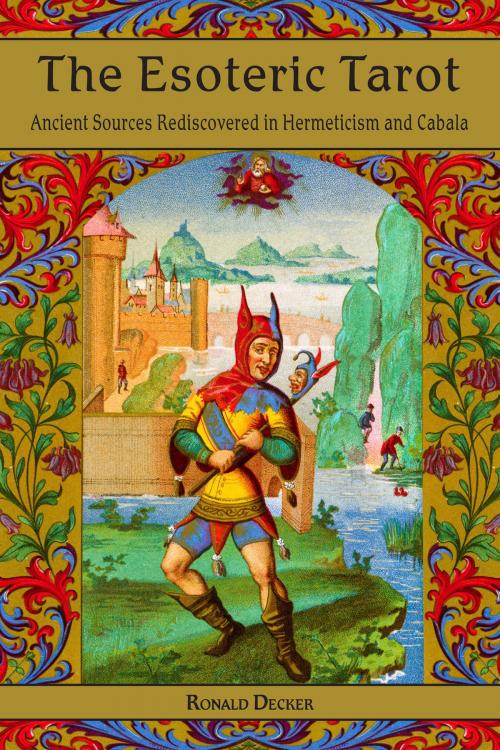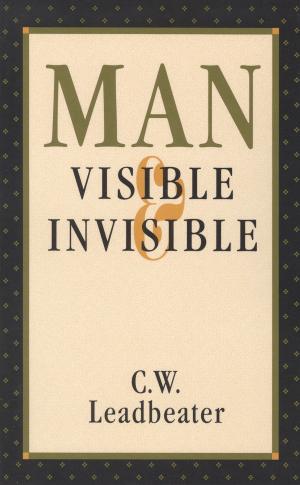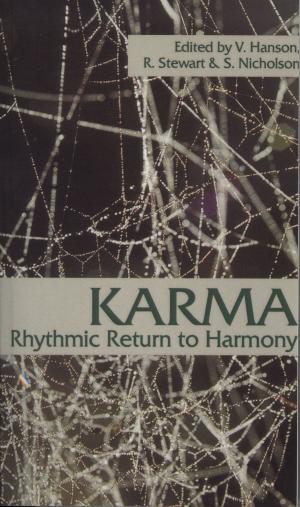The Esoteric Tarot
Ancient Sources Rediscovered in Hermeticism and Cabalah
Nonfiction, Religion & Spirituality, Occult, Divination, Tarot, New Age| Author: | Ronald Decker | ISBN: | 9780835630832 |
| Publisher: | Quest Books | Publication: | July 15, 2013 |
| Imprint: | Quest Books | Language: | English |
| Author: | Ronald Decker |
| ISBN: | 9780835630832 |
| Publisher: | Quest Books |
| Publication: | July 15, 2013 |
| Imprint: | Quest Books |
| Language: | English |
That the Tarot originated in ancient Egypt as a divinatory tool is a romantic misconception. Ron Decker’s meticulous scholarship will surprise practitioners and academics alike, revealing the Tarot’s true evolution and meanings as its inventor(s) understood it.
The Tarot consists of the Minor Arcana, four suits of cards similar to our modern deck, and the Major Arcana, twenty-two allegorical or “trump” cards. Decker says the four-suit deck was invented in Asia Minor before AD 1000; Italian courtiers added the trumps in the 1400s. But Tarot was first used as a game. Tarot divination was only created in the 1700s by a Parisian fortuneteller who based the trump images on Hermeticism, which merges Greco-Egyptian alchemy, astrology, numerology, magic, and mysticism. Today, the suit-cards are often traced to the ancient Jewish Cabala. But, says Decker, they, too, acquired their meanings only in the 1700s, and he cites a lost numerical system based on Cabala at that time
Decker’s interpretation integrates three whole systems-astrological, arithmological, mystagogical (concerning initiation rites into the Mysteries). His depth of knowledge makes the book a must-have for serious students of Tarot and esotericism
That the Tarot originated in ancient Egypt as a divinatory tool is a romantic misconception. Ron Decker’s meticulous scholarship will surprise practitioners and academics alike, revealing the Tarot’s true evolution and meanings as its inventor(s) understood it.
The Tarot consists of the Minor Arcana, four suits of cards similar to our modern deck, and the Major Arcana, twenty-two allegorical or “trump” cards. Decker says the four-suit deck was invented in Asia Minor before AD 1000; Italian courtiers added the trumps in the 1400s. But Tarot was first used as a game. Tarot divination was only created in the 1700s by a Parisian fortuneteller who based the trump images on Hermeticism, which merges Greco-Egyptian alchemy, astrology, numerology, magic, and mysticism. Today, the suit-cards are often traced to the ancient Jewish Cabala. But, says Decker, they, too, acquired their meanings only in the 1700s, and he cites a lost numerical system based on Cabala at that time
Decker’s interpretation integrates three whole systems-astrological, arithmological, mystagogical (concerning initiation rites into the Mysteries). His depth of knowledge makes the book a must-have for serious students of Tarot and esotericism















